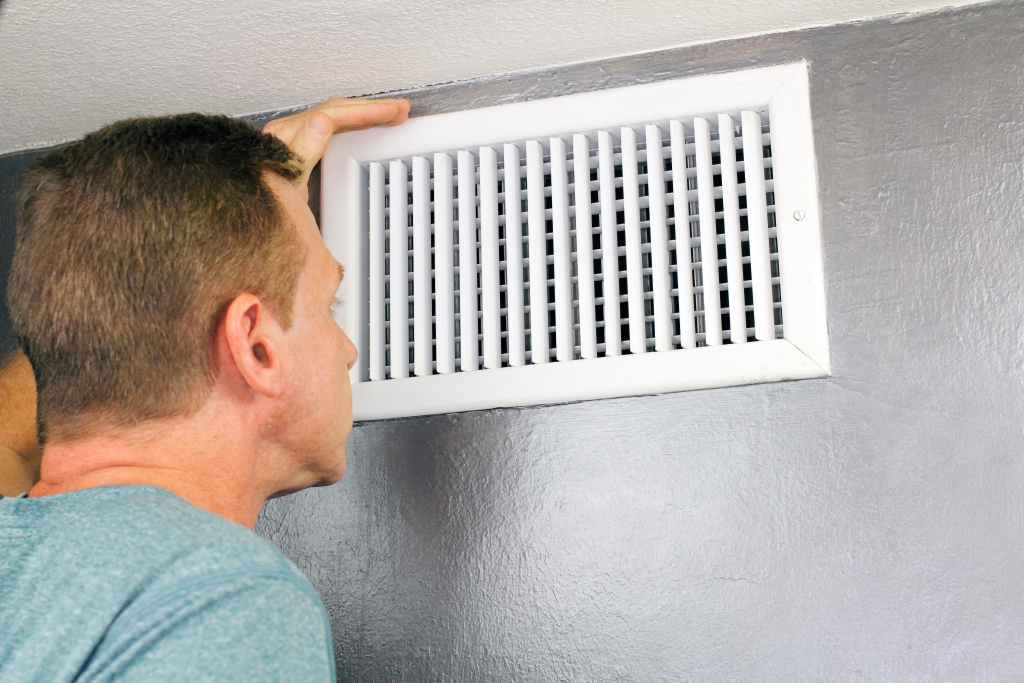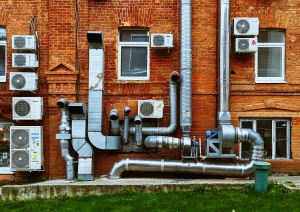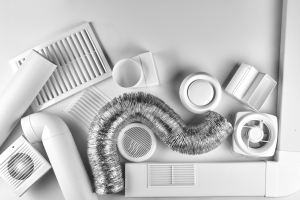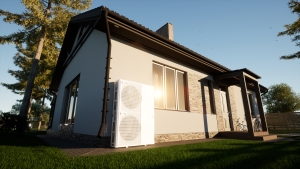Welcome to the fourth installment in our series on HVAC (Heating, Ventilation, and Air Conditioning) design for high-performance homes and buildings. We are delighted to collaborate with Jake DeWerth, a seasoned HVAC Design & Building Performance Expert from Florida, for this in-depth series.
When building a new home, getting the HVAC distribution system right is more than just comfort; it’s about efficiency, longevity, and noise control. Let’s break down the two key stages of this process, guided by ACCA Manuals T and D.
Stage 1: Placement and Sizing of Supply Registers and Return Grills
Getting Supply Registers Right
- Location: Aim for short duct runs by placing registers adjacent to interior walls.
- Choosing the Right Fit: Assess manufacturer’s data for air throw and spread. Remember, high face velocities can lead to more noise.

Optimizing Return Grills
- Central Return Strategy: One large return grill, typically in a hallway, connected to the air handler, simplifies the duct system.
- Sizing: Look for grills that can handle the necessary airflow at lower face velocities, typically around 300 FPM.
Stage 2: Design, Routing, and Sizing of Ducts
Key Factors in Duct Sizing
- Total Air Flow: Derived from Manual J and S calculations.
- Available Static Pressure: Start with a standard pressure like 0.5 IWC, adjusting for components. Each system’s Total External Static Pressure (TESP) will vary.
- Total Effective Length: Account for duct lengths and the effective lengths of fittings.
- Friction Rate: Calculate it accurately rather than using a rule-of-thumb.
- Velocity: Manage the speed of air in the ducts.

Efficient Duct Routing
- Shorter Runs, Fewer Bends: Direct routes and efficient fittings help maintain system efficiency.
Types of Ducts for Different Uses
- Flex Duct: Suitable for straight runs up to 20 feet.
- Sheet Metal: Preferred in high-performance homes, especially for trunk lines and bends.
By understanding these critical elements and applying them wisely, builders can ensure that their HVAC systems are not just powerful but also efficient and conducive to a comfortable living environment. Remember, the devil is in the details – every component and design decision plays a pivotal role in the system’s overall performance.





